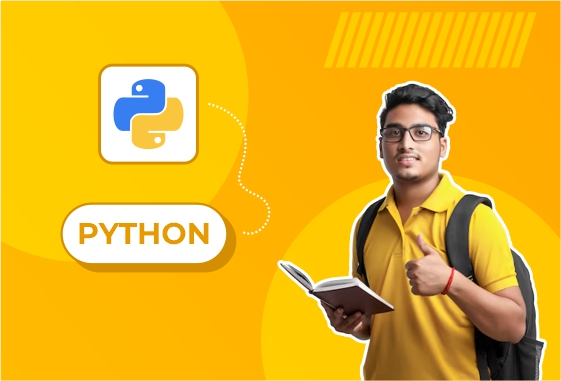
Virtual Science Lab using Python
Virtual Science Lab using Python – Summary
A Virtual Science Lab is an interactive web application that simulates scientific experiments and allows students to conduct virtual experiments online. This project, developed using Python, provides users with an immersive learning experience where they can explore various scientific concepts and perform experiments in subjects like physics, chemistry, and biology without the need for physical lab equipment.
Key Features:
Interactive Simulations: Users can interact with virtual scientific instruments, such as beakers, test tubes, microscopes, and Bunsen burners, to conduct experiments.
Multiple Science Subjects: The platform covers multiple scientific domains like physics (e.g., force, motion), chemistry (e.g., chemical reactions), and biology (e.g., cell structures).
Experiment Setup: Students can select different variables (e.g., temperature, concentration) and observe how changes affect outcomes in a controlled environment.
Real-Time Feedback: The system provides real-time data and feedback based on the experiment, showing graphs, charts, and results.
Instructional Guidance: Each experiment comes with a step-by-step guide or tutorial, explaining the science behind the experiment and helping students understand the procedure.
Result Analysis: After completing an experiment, the system generates a report with observations and explanations.
Multiple User Support: The platform can allow students to save their experiments, track their progress, and revisit previous experiments.
Admin Panel: Admins can add new experiments, modify existing ones, and manage user accounts.
Technologies Used:
Frontend:
HTML, CSS, JavaScript (for the user interface, if building a web app)
If creating a desktop app, Tkinter or PyQt can be used for GUI design.
Backend: Python (for the scientific logic, experiment simulation, and result processing)
Flask or Django (if building a web-based app for the backend)
Simulations:
Python libraries such as Matplotlib (for plotting graphs and charts),
NumPy (for scientific calculations),
Pygame (for building interactive simulations).
Data Storage: Simple file-based storage (e.g., using JSON or CSV files) or a database like SQLite or MySQL to store user data and experiment results.
Additional Features (optional):
3D Visualization: Advanced experiments can include 3D simulations, such as visualizing molecular structures or atomic models, using libraries like PyOpenGL.
Collaborative Experiments: Users can collaborate on experiments in real-time, exchanging data or results.
Multimedia Integration: Audio and video tutorials to guide students through the experiments.
User Reports: After completing an experiment, users can download a report that includes the steps they followed, their observations, and conclusions.
This system enhances the educational experience by providing a safe, cost-effective, and accessible platform for students to explore science concepts interactively.





